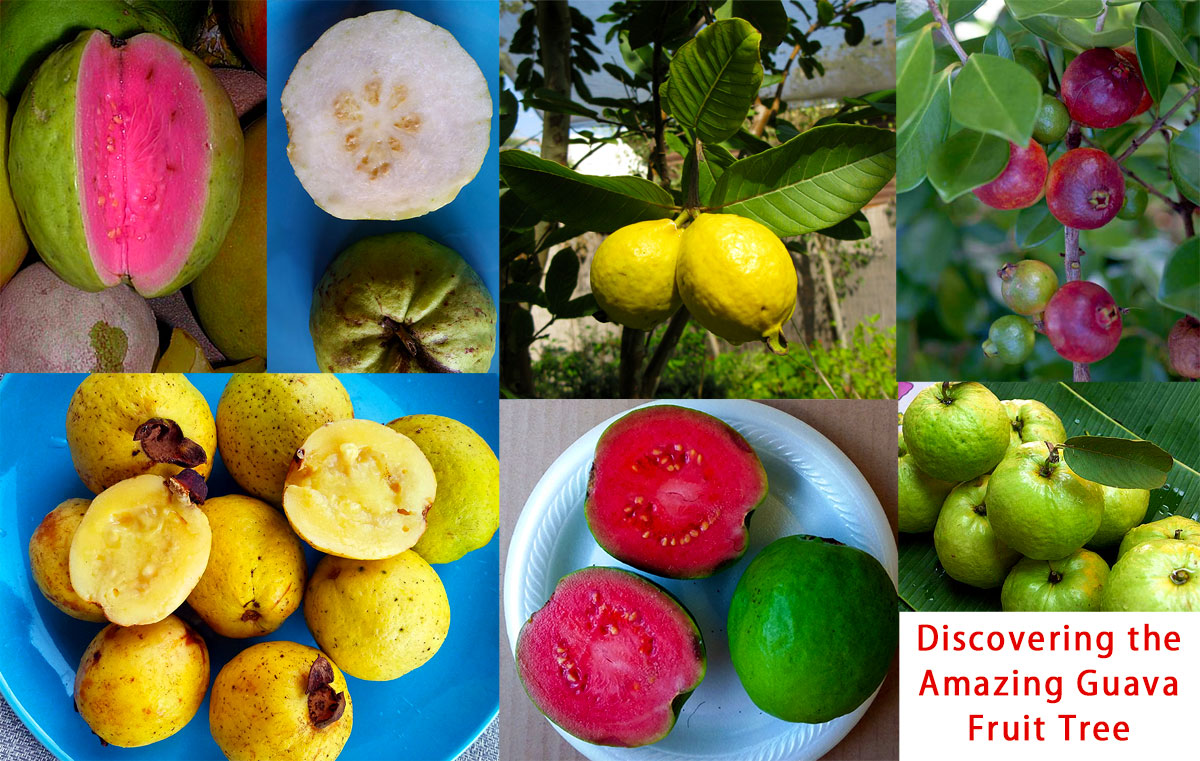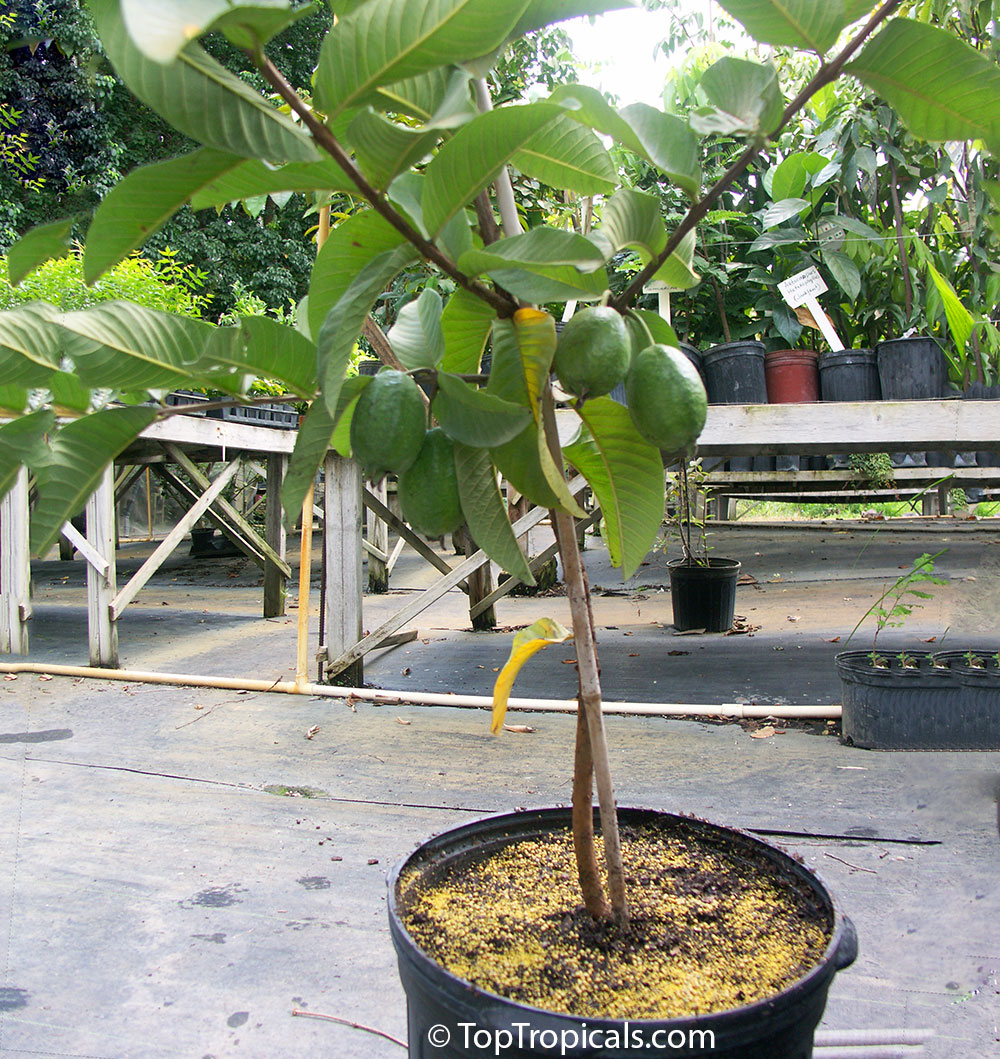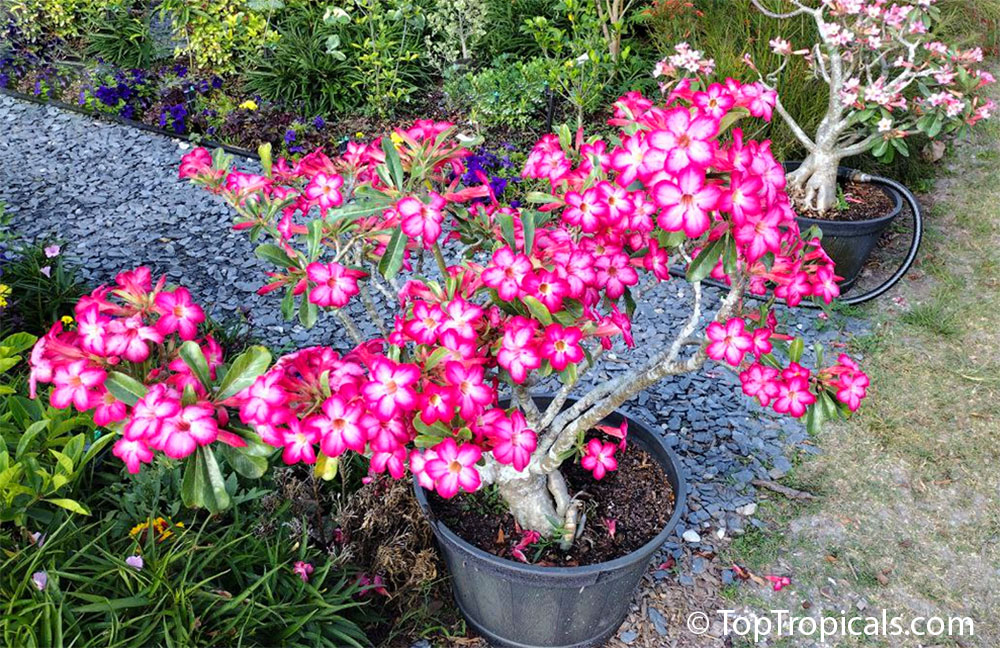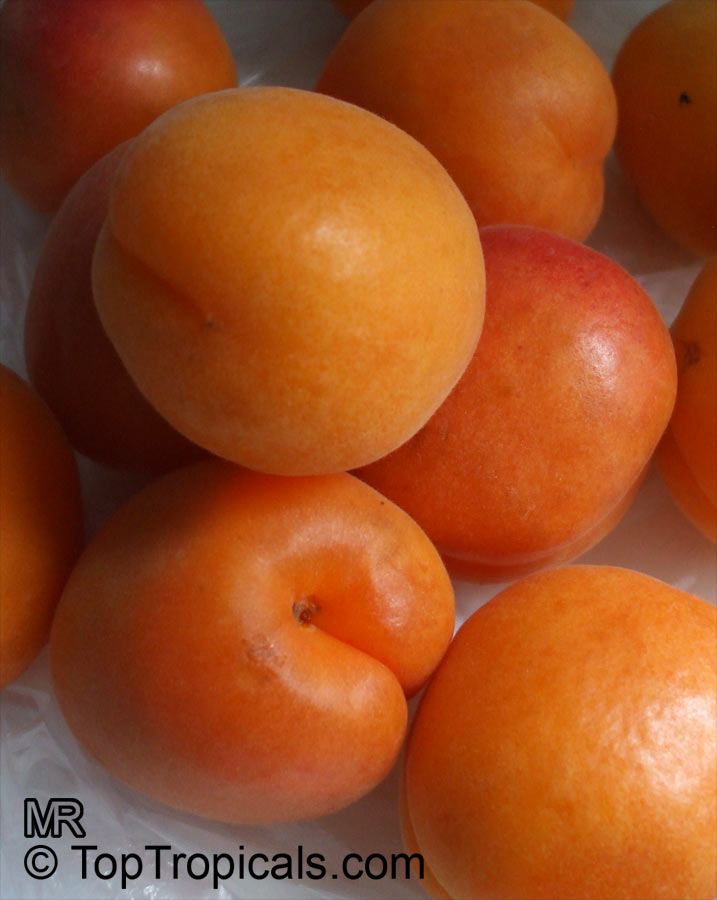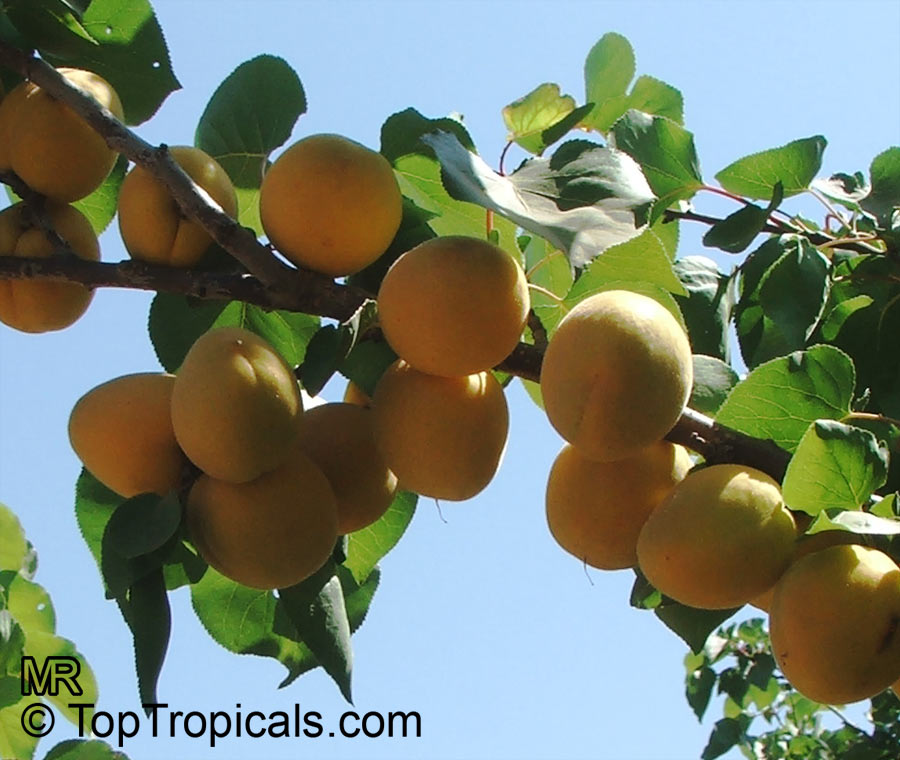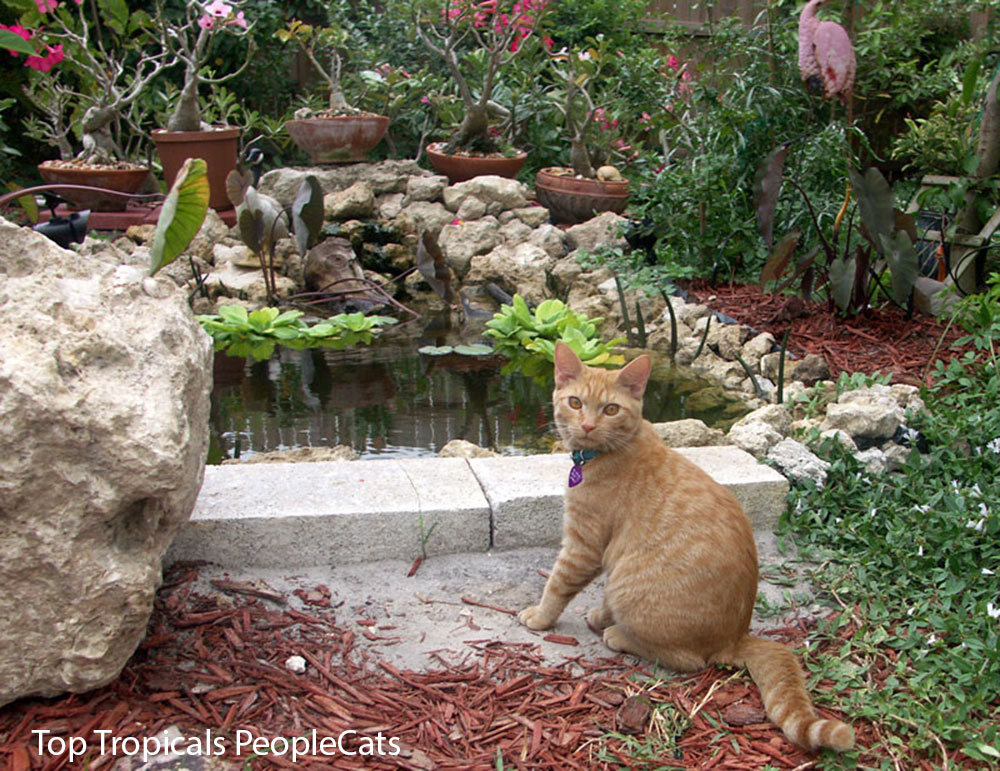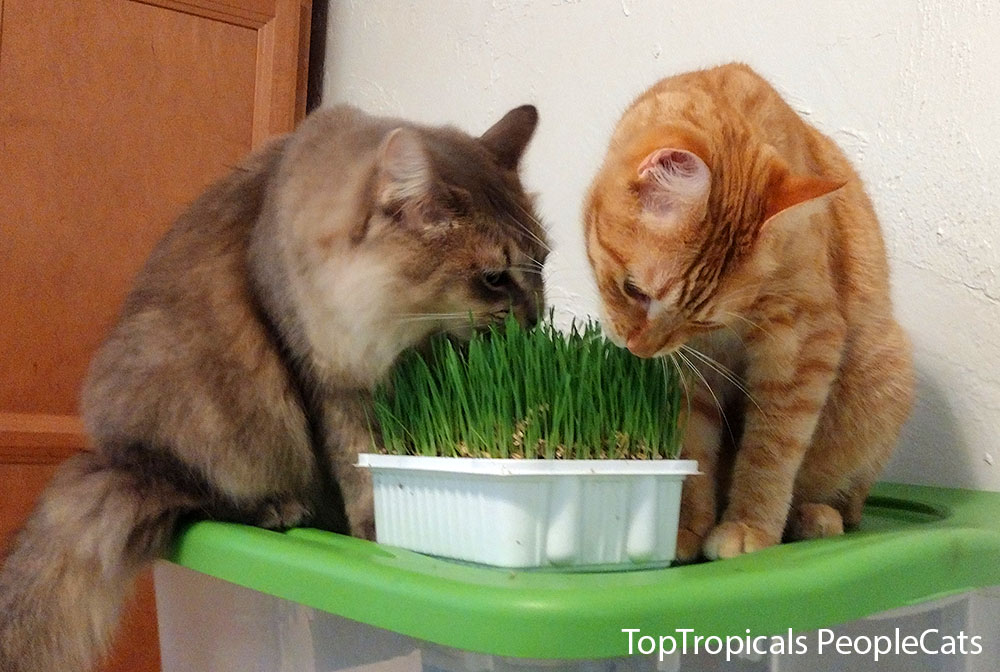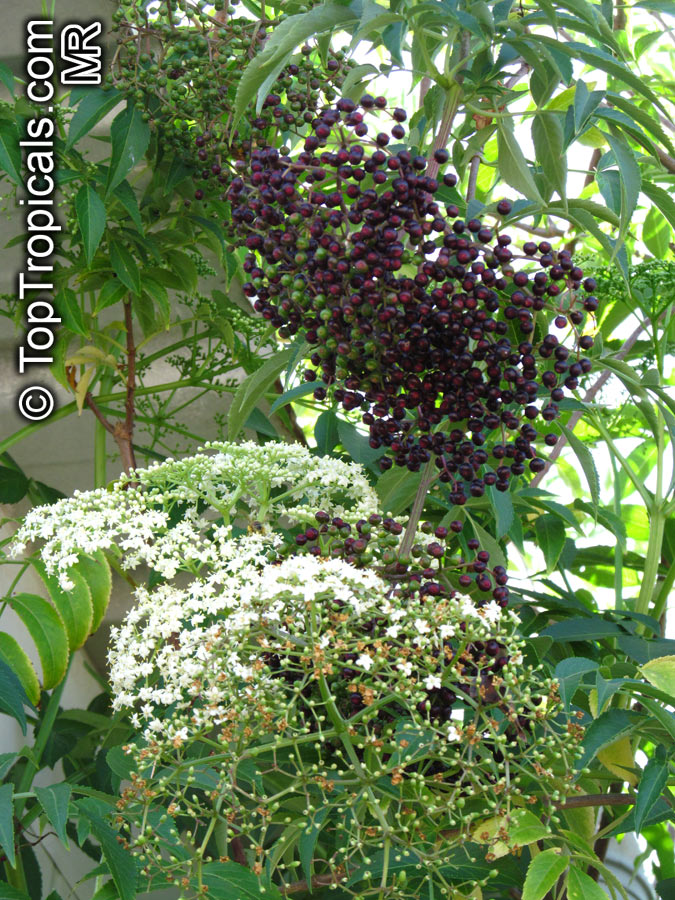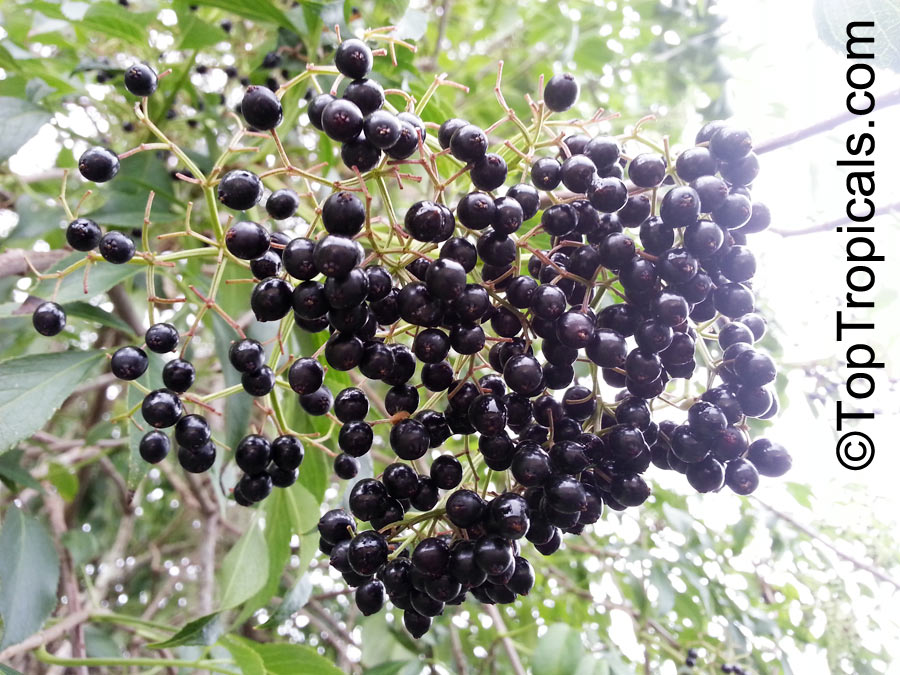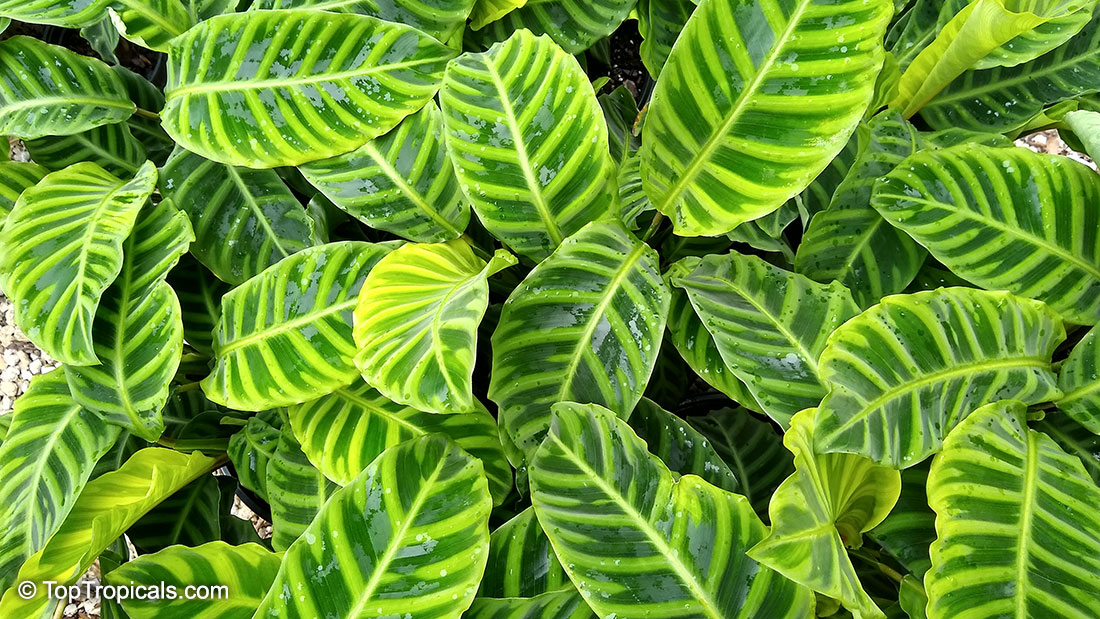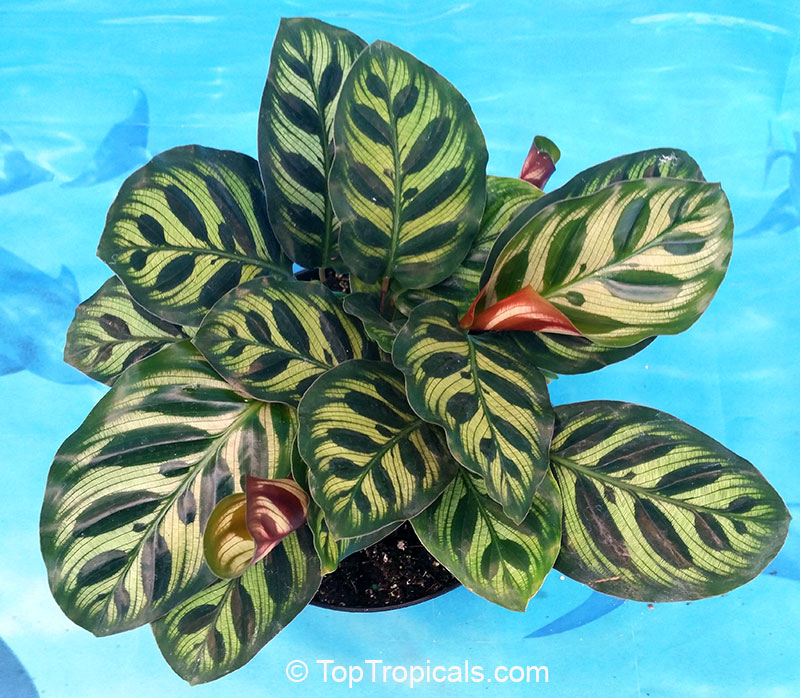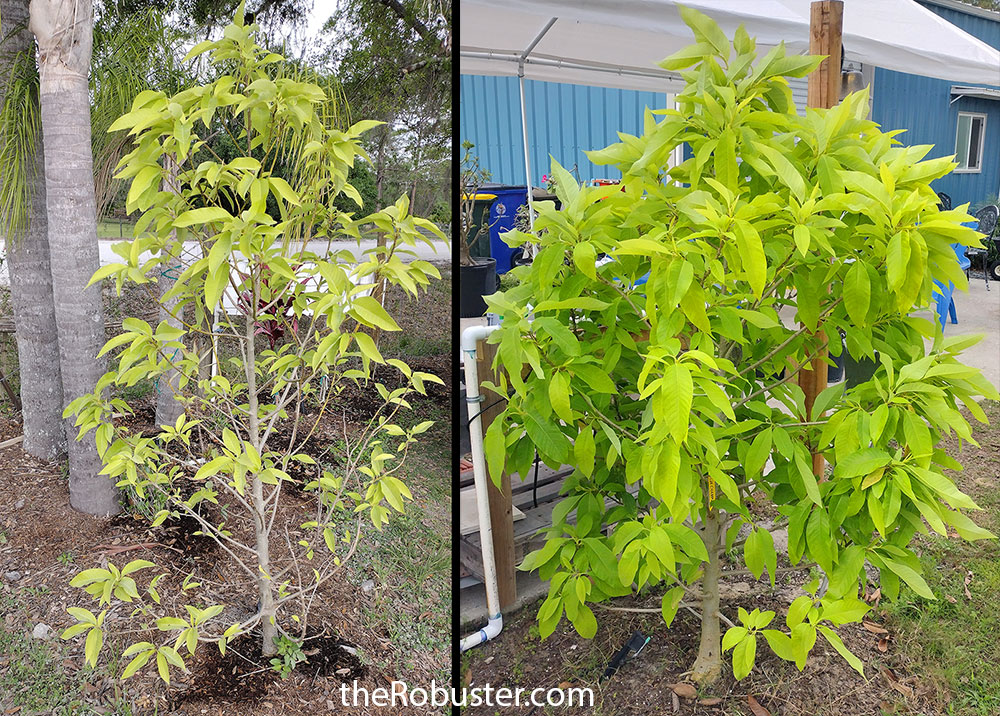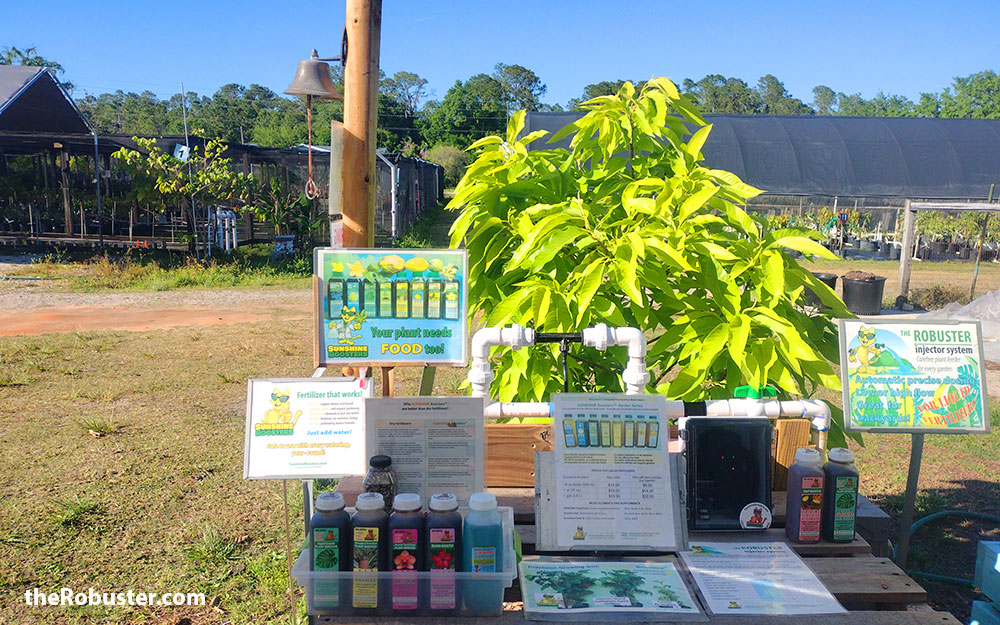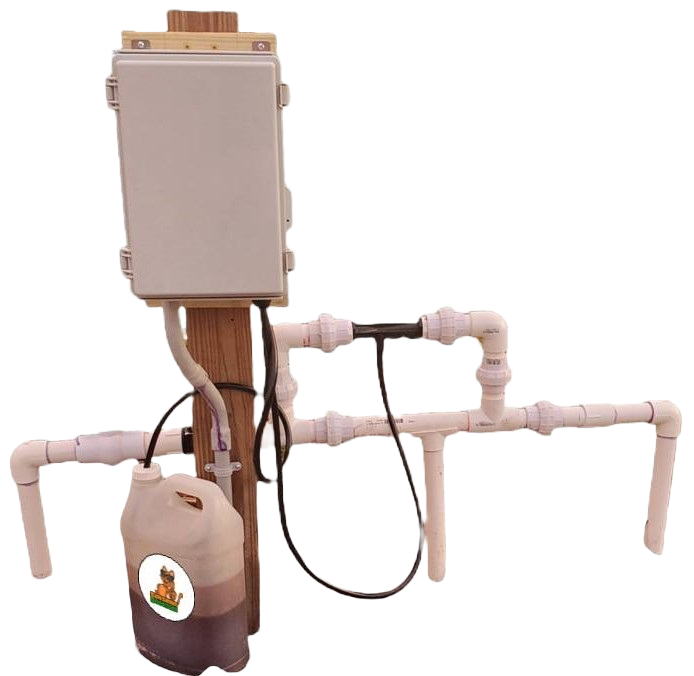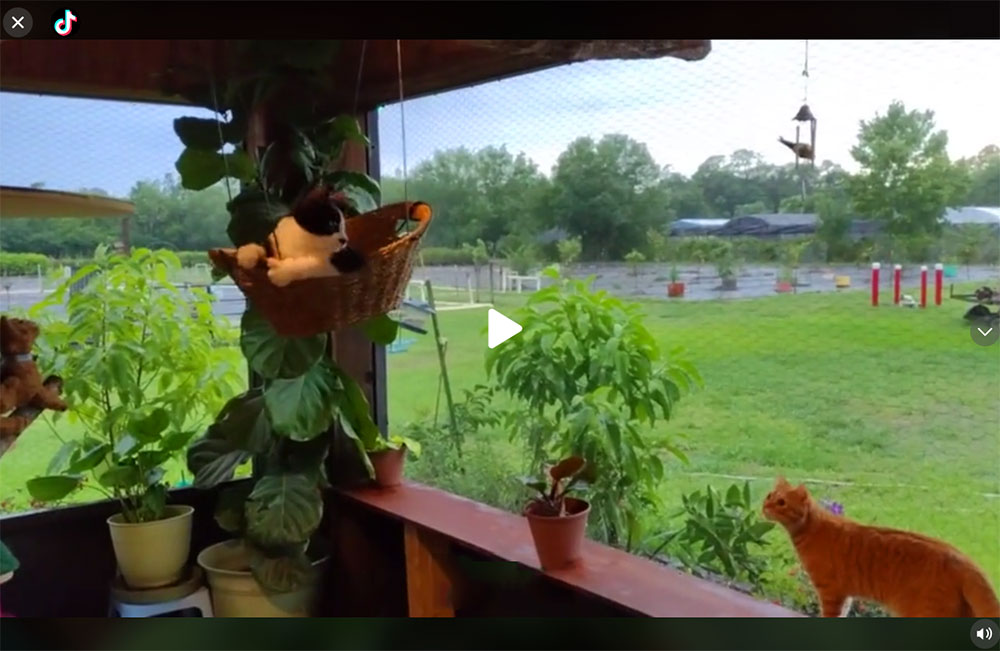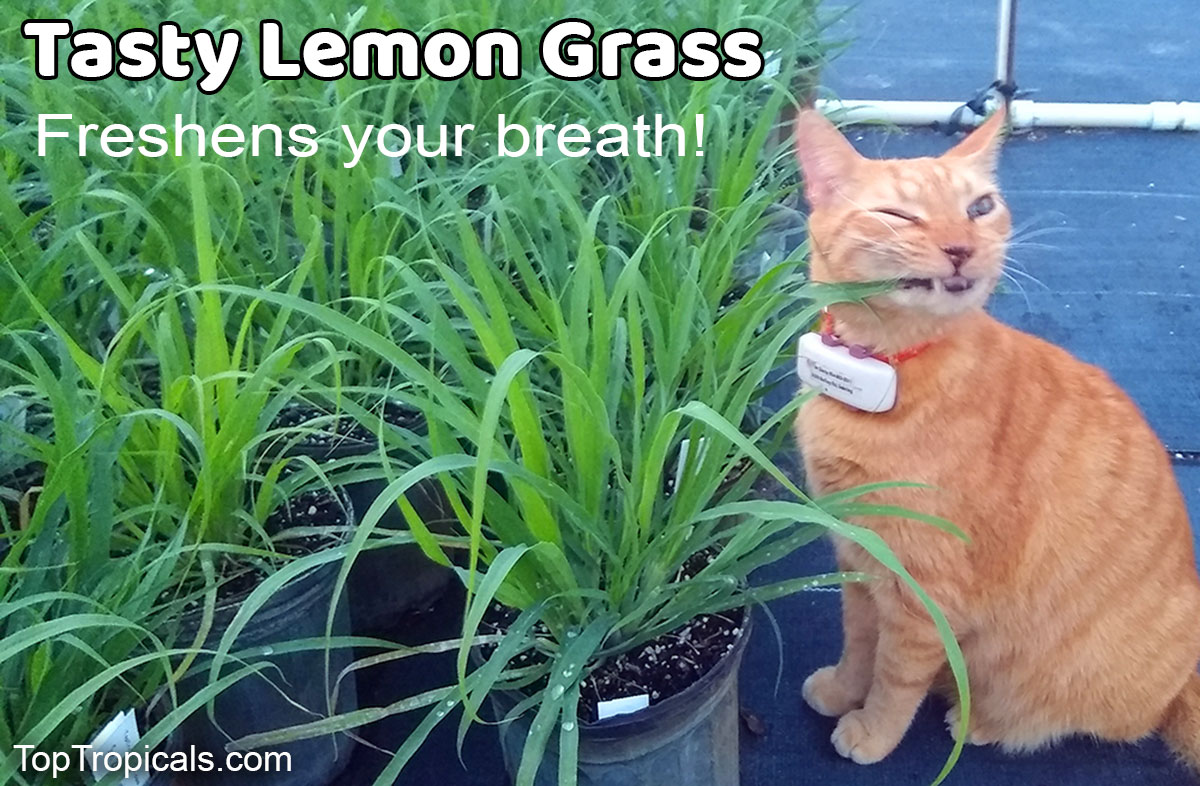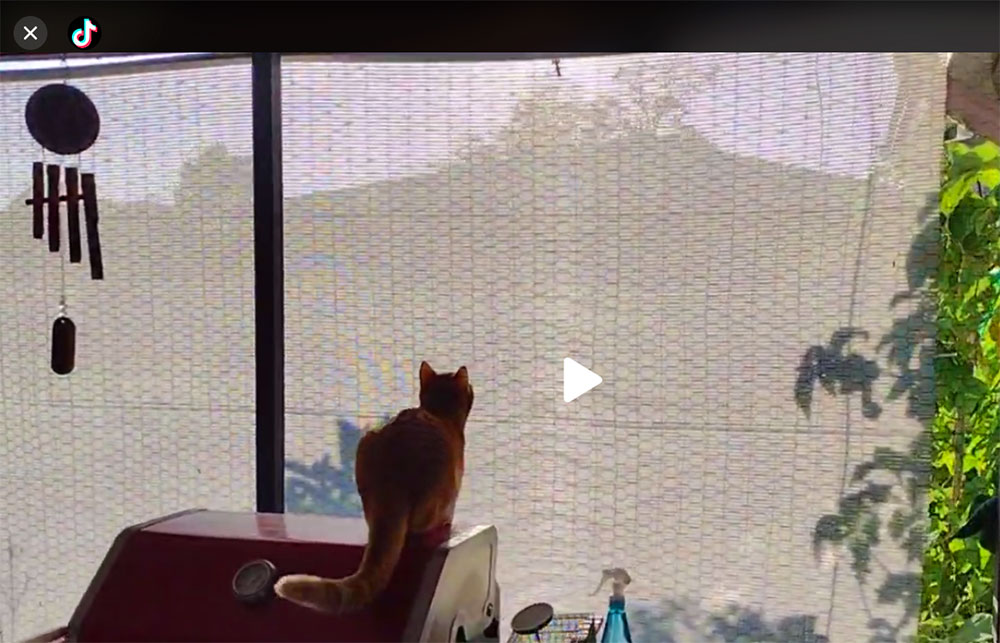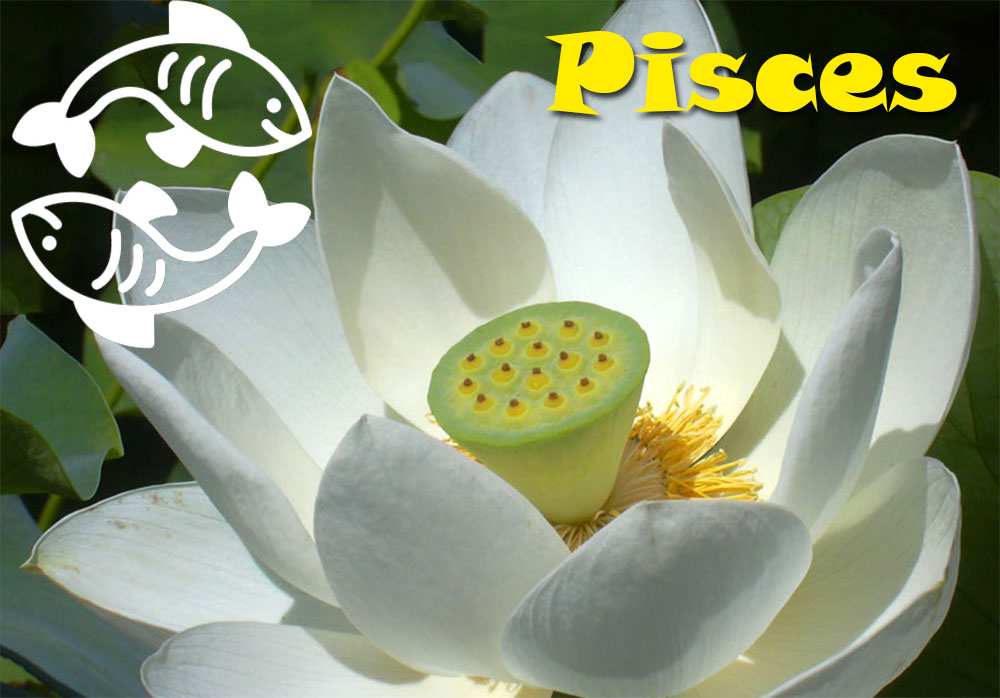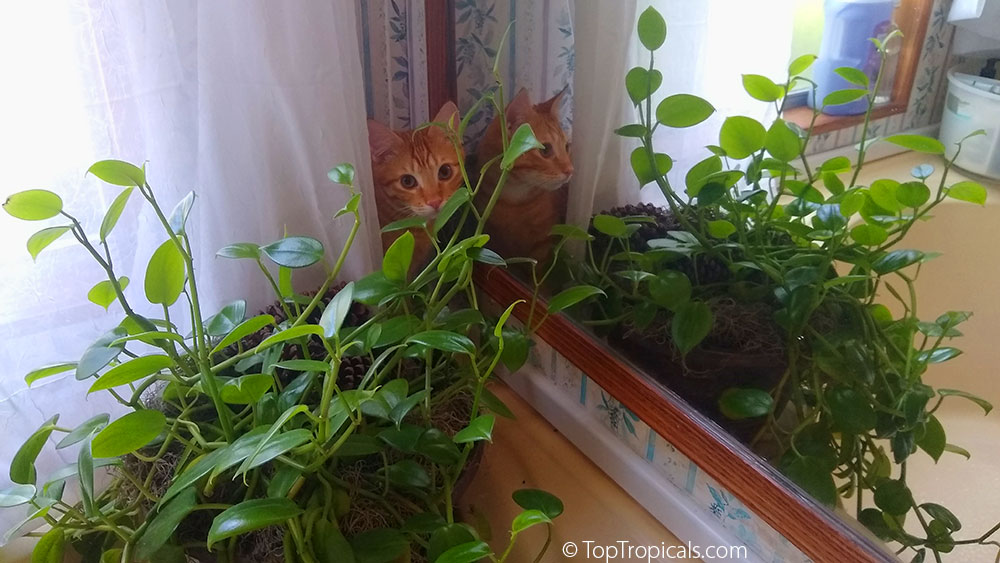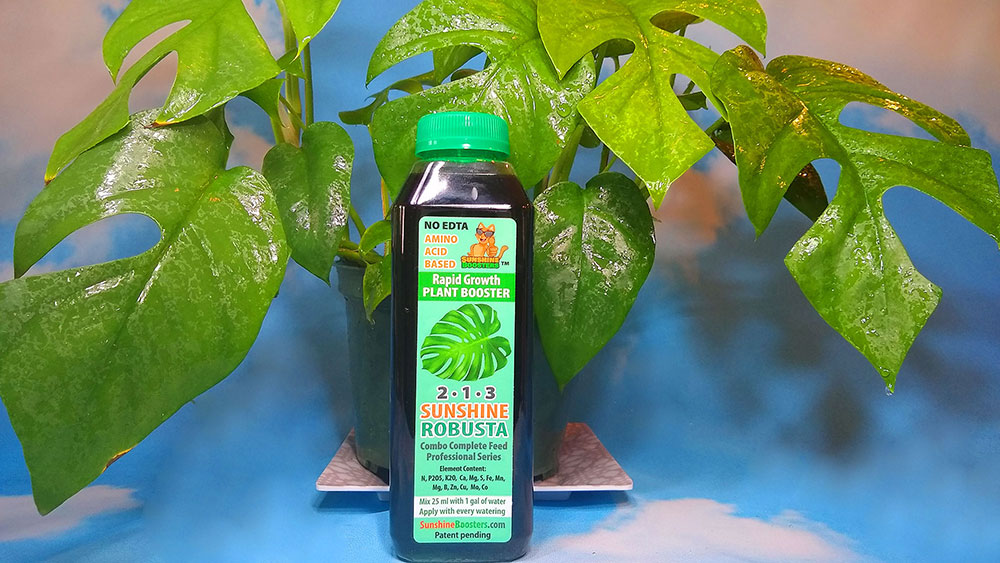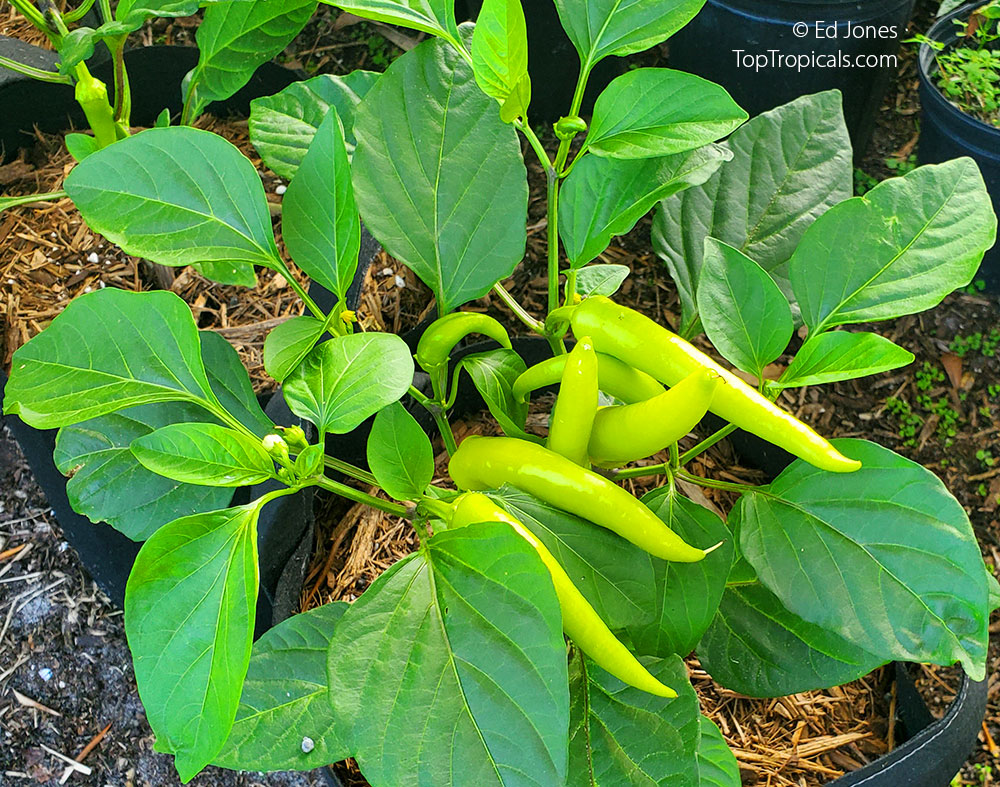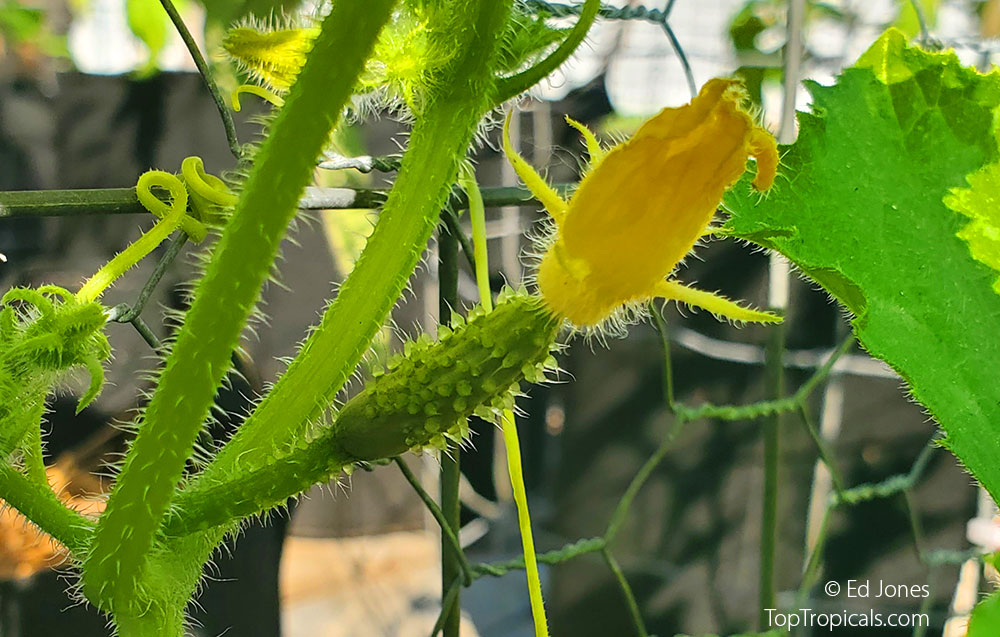Garden Blog - Top Tropicals
Date:
Discovering the Amazing Guava Fruit Tree
A Gardener's Delight:
How to grow Guava Tree, delicious recipes and more...
Imagine stepping into your garden, plucking a fresh, juicy guava off a tree, and savoring its sweet, tropical flavor. Sounds delightful, doesn't it? Guava trees are not only a wonderful addition to any garden but also offer an array of delicious and nutritious fruits. Let's explore the fascinating world of guava fruit trees, dive into the different species, and share some tasty ways to enjoy this remarkable fruit.
If you're blessed with a warm climate, find a sunny spot with well-drained soil for your tree. Water it regularly, especially during dry spells, and keep it well-fed with a balanced fertilizer. Pruning is essential for maintaining a bushy, healthy tree that'll reward you with an abundance of fruits...
Date:
How Gardening improves your health
Q: Can gardening improve my health?
A: Gardening is not only a fun way to spend time but also an opportunity to bond with family and friends. Get everyone involved in planting flowers, starting a vegetable patch, or even organizing a whimsical Easter egg hunt amidst the blooming garden.
The joy of gardening offers mood-boosting benefits, leaving you feeling invigorated and cheerful during the festive holiday. Plus, the sense of accomplishment when your garden begins to flourish perfectly aligns with Easter's spirit of personal growth and transformation.
Head out to your garden with a spring in your step and a smile on your face. Revel in the beauty of nature, spend time with loved ones, and watch as your garden transforms into a lively, colorful haven.
Date:
What are Low Chill Apricots?
Prunus armeniaca (Armenian plum)
Q: Can I grow apricots and plums in Florida?
A: Low chill apricots have been specially
developed for subtropical regions like Central and South Florida, where the climate
is not typically conducive for apricot cultivation due to the high number of
chill hours required. This is also true for other fruit trees such as plums
and peaches. However, through successful hybridization, several low chill
varieties have been created that require less than 300 hours of cold weather
below 45 degrees.
One such example is the low chill Katy Apricot tree, which only requires 250 chill hours and is
self-fertile. It is a popular choice among homeowners due to its large size, rich
flavor, and free-stone characteristics with a semi-sweet, low-acid taste. Katy
Apricot tree typically bears fruit early, usually in May.
Date:
Cat Horoscope
By Alex Butova, the Witch of Herbs and Cats
This year (March 2023) we are celebrating Alex's 75th Anniversary and her 20 years with TopTropicals. Here is a note from Alex...
Aries Cats 3/21-4/20
The astrological sign of a cat can be determined by either their date of birth or adoption...More >>
The Aries Cats are a highly competitive and may initiate fights with other cats. With a natural inclination for combat, they may even confront dogs, humans, or even a giraffe...
...Tickling an Aries Cat's tummy can lead to an attack as they're also known to be biters...
...Aries Cats are adventurous and love to challenge themselves physically.
They'll seek out the highest spots in the house, even if it scares their humans...
...Aries Cats love tall, well-branched trees that are good for climbing, and are rather indifferent to bright flowers and fragrant plants... But on the other hand, they adore the soft, juicy grass on which it is so pleasant to lie down and rest after all their athletic feats
and fighting duels...
...One of the best things about the Aries Cats is that they make their priorities clear. With them, you'll always know your place, as they believe they come first, and you don't....
CONTINUE READING >>
Plant Zodiac for humans
Date:
Elderberry Kir Royale
Grow your own... drink and medicine
In the summertime, Elderberry bushes transform into small, bushy trees adorned with sizable umbels of white flowers. As late summer approaches, the tree produces an abundance of dark purple berry clusters. Elderberry is known for its ability to withstand cold weather and can thrive in a variety of soils in either full or partial sun. While it typically grows to a height of 10 feet, its spreading can be managed through pruning.
This dense shrub is beloved by nesting birds, who are not the only creatures that appreciate its fruit. People also prize Elderberry for its delicious uses in winemaking, cocktails, and jellies. Elderberry syrup or cordial can be used to create flavorful fruity drinks and cocktails, like the Elderberry Kir Royale. Alternatively, the berries can be left to infuse their flavor into spirits, with Elderberry gin being a particularly delightful option.
Elderberry Cordial
When it comes to combating various strains of the flu virus, Elderberry Cordial ranks among the top natural remedies. Whether sipped in small servings or drizzled over a delectable dessert, Elderberry Cordial is a guilt-free way to fortify your immune system against colds and flus.
2 cups of fresh elderberries
16 oz water
- 1/2 cups sugar
1/2 lemon (rind + juice)
2 tablespoons minced fresh ginger
- stick cinnamon, crushed
1 ¼ cups dried elderberries
1/4 cup dried rosehips
About 3 cups brandy
Honey, to taste
Add all ingredients in a jar and cover with a lid. Set aside in a cool, dark place for 3-4 weeks. When ready to decant, strain and squeeze through cheesecloth. For every 1 cup of liquid retained, add 1/2 cup honey. Mix thoroughly. Pour the cordial into a decorative bottle for storage, or gift giving.
Elderberry Kir Royale Cocktail
5 oz white wine, sparkling wine or champagne
2 oz Elderberry cordial
Rocks
Mint leaves (optional)
Pour the Champagne in a flute glass. Add the Elderberry Cordial slowly.
Party time!
Date:
How to grow Calathea indoors
In the photo: Calathea zebrina - Zebra Plant
Calathea is a beautiful and popular houseplant known for its unique and colorful foliage. Here are the steps to grow calathea indoors:
1. Choose a suitable location: Calathea plants prefer bright,
indirect sunlight, so choose a location near a window with filtered light. Avoid
direct sunlight as it can scorch the leaves.
2. Select a pot that is slightly larger than the plant's root ball
and has drainage holes. Fill the pot with a well-draining potting mix that is
rich in organic matter. Plant at the same depth as it was in its previous
pot.
3. Water: Keep the soil consistently moist but not waterlogged.
Water when the top inch of soil feels dry to the touch. Use room temperature
water and avoid using hard water or water that contains high levels of
minerals.
4. Provide humidity: Calathea plants thrive in humid conditions, so
provide them with regular misting or place a tray of water near the plant to
increase humidity. You can also use a humidifier to maintain optimal humidity
levels.
5. Fertilize: Apply Sunshine Boosters liquid fertilizer. It is safe
to feed the plant with Rubusta formula with every watering and year around. Feeding plants is
especially important in Spring when active growth starts.
6. Prune any yellow or damaged leaves regularly to keep the plant
healthy and attractive. Use clean, sharp scissors to make clean cuts.
By following these steps, you can successfully grow a beautiful and healthy Calathea plant and any beautiful container plant indoors.
In the photo: Calathea makoyana - Peacock plant
Date:
The Robuster field test:
turning green!
These two Champaka trees are of the same age, planted at the same time, 100 ft apart, with the same light, soil, and water amount... The only difference is - fertilizer schedule! The tree on the left is planted by our farm gate and gets pure water plus slow release fertilizer every 3 months. The tree on the right grows by our farm office with watering station hooked up to the Robuster active display. The Rubuster automatically dozes Sunshine Boosters liquid fertilizer with every watering.
Date of planting: 3/13/2022
The Robuster Started: 11/25/2022
Formula used: Sunshine C-Cibus 10 ml/gal with every watering
Drip irrigation: directly to the root zone once a day, 2-5 min
(weather adjusted)
Image taken: 3/15/2023 @ TopTropicals B-Farm (Sebring)
In the photo: The Robuster active display by our B-Farm office in Sebring, with the subject Champaka tree behind it that gets its food first come first serve!
Installation available
for local customers
The instructions for assembly are included and are straightforward, making it easy for online purchasers to put together. If you're capable of basic PVC plumbing, then assembling this system will be a breeze!
For a green, lush and fruitful garden that allows you to relax and enjoy your tropical paradise, the Robuster automatic smart fertilizer injector system is a must-have. It takes the hassle out of gardening, ensuring that it's carefree! Do you have any questions, need advice, or require assistance with installation? Simply contact us, and we'll be happy to help!
Date:
Cat
Zodiac
Pisces Cats 2/19-3/20
By Alex Butova, the Witch of Herbs and Cats
Watch TikTok video: Philemon and Bob are dreamers, not doers. Typical Pisces cats! Philemon was born 2/20, and Bob 3/13. They can swing in their hammock all day long!
The astrological sign of a cat can be determined by either their date of birth or adoption...More >>
Pisces Cats possess a remarkable ability to escape reality and enter
alternate dimensions
they can spend hours watching fish swim by... They explore the world with
great curiosity... These cats are dreamers, not doers... Bright flowers with
subtle scents should adorn their space, delectable grass can be chewed, and
foliage creates shade and coolness for sweet dreams...
CONTINUE READING >>
Watch TikTok video: Bob is trying to get a Gekko behind the screen (followed by Philemon's advice) and falls on Philemon's head...
Date:
How to move plants from indoors to outdoors
Q: When moving my tropical plant collection outside in the garden, what do I need to know to get them adjusted to this change?
A: As a tropical plant gardener, it's important
to assess the temperatures outside before moving your plants outdoors. Most
tropical plants thrive in sustained temperatures above 60F.
Moving your plants outside during the summer creates optimal growing
conditions for sun-loving plants, providing them with more light and warmth than
they can ever get inside. This active time of growth, along with the outdoor
conditions of humidity, heat, sunlight, and natural day length, gives the plant
a chance to experience growth in an outdoor environment, making for a much
stronger plant.
However, be aware of sun burn. Direct sunlight can burn patches of
white or brown on the surface of the tender leaves, so it's best to move your
plants outside by hardening them off first. Gradually increase the amount of
direct sunlight they receive over several days before moving them into full
sun.
It's also a good time to prune your plants and repot them if needed,
providing better aeration to the root system. But avoid root pruning as it
can make your plant susceptible to disease and shock.
Overall, moving your tropical plants outside encourages their natural bloom
cycle and provides extra vigor for the upcoming indoor season. However, be
aware that you may have to deal with insects when you bring your plants
back inside in the fall, so use preventive sprays like Sunshine NoBug before bringing them back inside. Leaf drop is
also common when plants come back inside, so make sure to provide a well-lit
location.
When moving plants outside, it's important to provide them with proper
nutrients through fertilization. Outdoor conditions can deplete the soil
of essential nutrients, so giving your plants a boost of fertilizer before
moving them outside can help them acclimate to their new environment. Apply Sunshine Boosters
with every watering, include micro-elements and bio stimulants to boost their immune system.
Date:
Organic or inorganic fertilizers, which is best?
A very smart article by Fedor, Mike, and Ed
Q: Which one is better - organic or inorganic fertilizer?
A: When it comes to fertilizer, gardeners always wonder if one better than the other. Does a total organic fertilizer make sense for you? Is it easier to just use a cheap granular fertilizer a few times per year? You may be surprised to learn that there is one fertilizer that has advantages over both!
While organic fertilizers may be all the rage, there is the difference
between Sunshine Boosters
fertilizers, organic and inorganic fertilizers. Sunshine Boosters fertilizers have been especially developed to provide optimal conditions for cultivating crops in pots and greenhouses. These specialized nutrient blends are essential in order to
maintain an appropriate environment for successful crop production, as they
compensate for the lack of natural beneficial bacteria and nitrifying
organisms which are specific to open soil cultivation.
Learn about why Sunshine Boosters is the best choice...
In the photos: Hungarian hot wax pepper (above) and a Baby Cucumber (below), both grown in Ed's organic garden with Sunshine Boosters
